Talking Diversity: New perspectives in Art History
On 8 December 2020, for the final session of Art in the West, Dr. Anna Tummers invited three high-profile guests for a public lecture on new perspectives in art history. With more than 80 students and professors were present and a thought-provoking panel discussion this was a great success.
At the end of last academic year, a group of students sent a letter to the board of the studies Art History and Arts, Media and Society to voice their concerns about the diversity and inclusivity of the program. Attached to the letter was a list of academics and artists who would be of interest for upcoming guest lectures. One of those named was Stephanie Archangel. Consequently, Dr. Anna Tummers invited her to give a guest lecture along with two other guests.
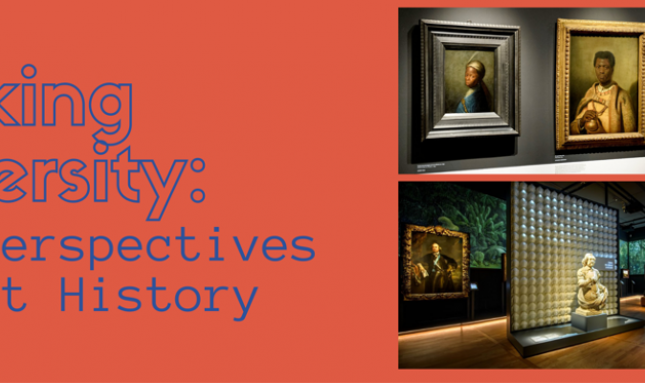
Our first speaker was Lea van der Vinde, curator of the exhibition Shifting Image: In Search of Johan Maurits at the Mauritshuis in 2019, and currently responsible for the new permanent space dedicated to Johan Maurits in the museum. Lea van der Vinde spoke about the major renovation of the Mauritshuis in 2012 to 2014 and the subsequent criticism of historian and former member of parliament Zihni Özdil. He criticized the way in which the museum presented itself in an essay on the history platform Historiek. According to him, the "rich history" of the museum, the building and its former occupants was told in all its glory, but one important aspect was being overlooked - where all this wealth came from. For Johan Maurits, commissioner and first owner of the Mauritshuis, became wealthy at the expense of enslaved Africans who were forced to work on sugar plantations in the former Dutch colony of Brazil. Maurits was known for his brutal rule against the slaves; the Dutch ships that transported the enslaved people to Brazil were known as "floating coffins for their pitiful passengers". The Mauritshuis was long called "the Sugar Palace", as it was built with money Maurits had earned with the sugar. Zihni Özdil's criticized the Mauritshuis for having 'pasteurized' its history. As he put it: "If you pasteurize milk, it becomes manageable. It no longer makes the stomach run wild and it becomes marketable for mass consumption."
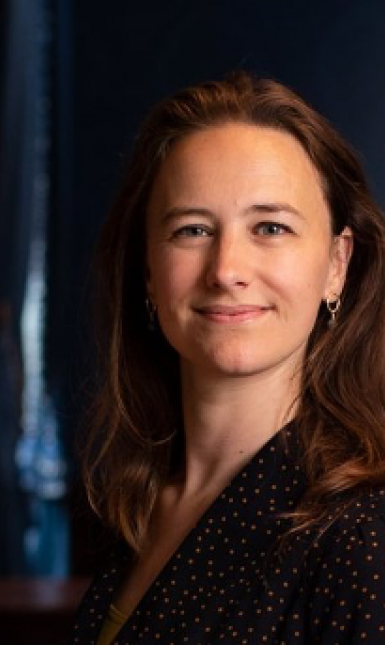
This criticism was heard by the museum, which decided to investigate its connection with slavery. That is how the ‘Shifting Image’ exhibition came about and subsequently the permanent presentation that just opened. In ‘Shifting Image’ attention was paid for the first time to "other perspectives". A diverse group of experts were asked to share their views on the artworks on display. One of those experts was "our own" Dr. Marika Keblusek. As Van der Vinde stated in her lecture, this exhibition was only just a beginning. The way in which museums deal with the colonial history of the Netherlands is very much alive in society, and more extensive research is needed. The Mauritshuis is working hard on this and we can expect more research on this topic in the near future.
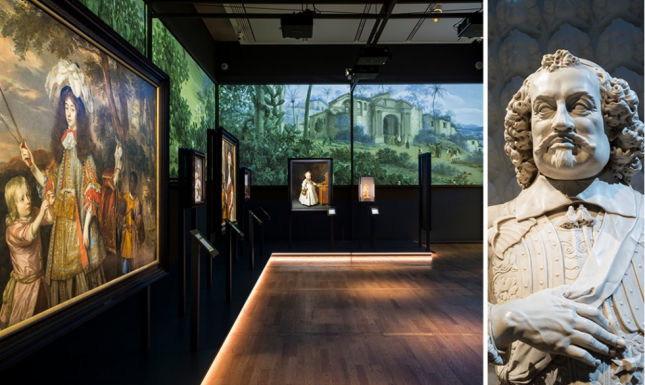
The second guest lecture was by Stephanie Archangel, who co-curated the exhibition HERE: Black in Rembrandt's Time at the Rembrandthuis. She is now working on the major exhibition on slavery that will be on display in the Rijksmuseum next year. The exhibition HERE showed that there was already a community of black people in Amsterdam when Rembrandt was working in that city. The artist and his contemporaries made paintings that were not yet influenced by the negative stereotyping of black people that resulted from the transatlantic slave trade. The people portrayed in the age of Rembrandt are depicted in a distinguished and honorable way, according to the European painting standards of the time. Another important aspect of the exhibition was that the artworks chosen represented black people who were not only minor characters, but often the central subject of the artwork. Years of research preceded the exhibition.
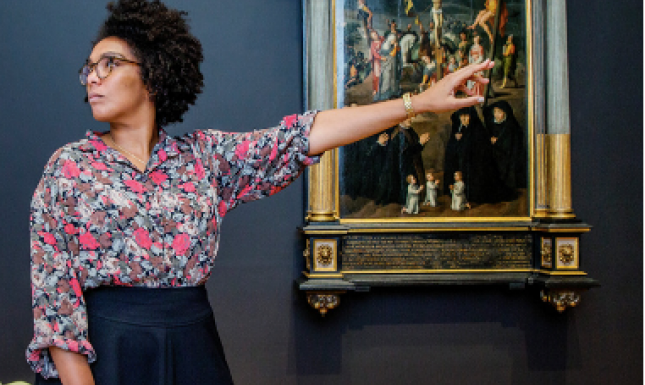
According to Archangel, the most important aspect of this exhibition was representation; the fact that black people can recognize themselves in the images that are exhibited: “It’s something white people can't imagine, because it is the most normal thing in the world for them. For years I have been looking for historical portraits of black people like me. Surely there must be more than the stereotypical image of servant, enslaved or caricature? I found the alternative in Rembrandt's time: black people who are portrayed with dignity.”
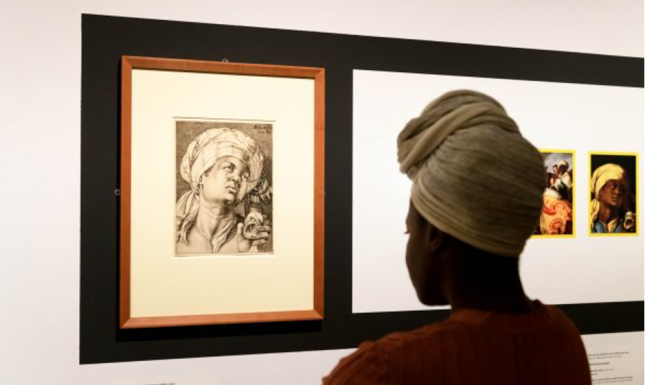
After these talks it was time for a panel discussion led by Dr. Anna Tummers, which also included Epco Runia, Head of Collections at the Rembrandthuis in Amsterdam and co-author of the exhibition catalogue HERE: Black in Rembrandt's Time. This presented an enjoyable opportunity for students and staff to engage in conversation with museum professionals. Many thanks to all three guests and Dr. Anna Tummers for organizing this interesting lecture and opening it up to us all! The students have learned a lot from it and enjoyed it. It is nice to see that voicing the opinion of the student body through a letter has set so much in motion.
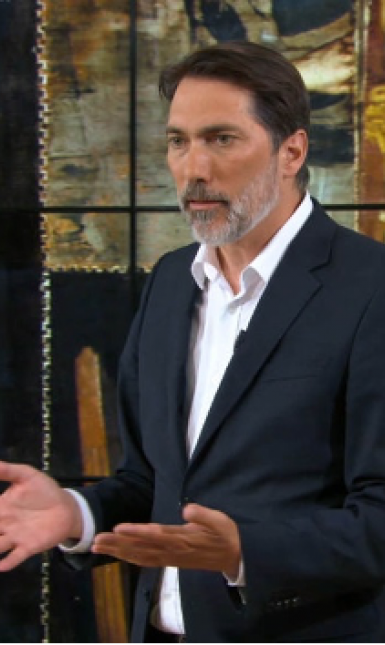
Sabine Verbree is a third-year Art History student at Leiden University. This year she holds the position of President of the 53rd board of de L.K.V. (study association for art-related studies at Leiden University). Her primary interests are museology and the origin of collections. She currently works as an intern at the Venduehuis The Hague in the paintings department.


0 Comments